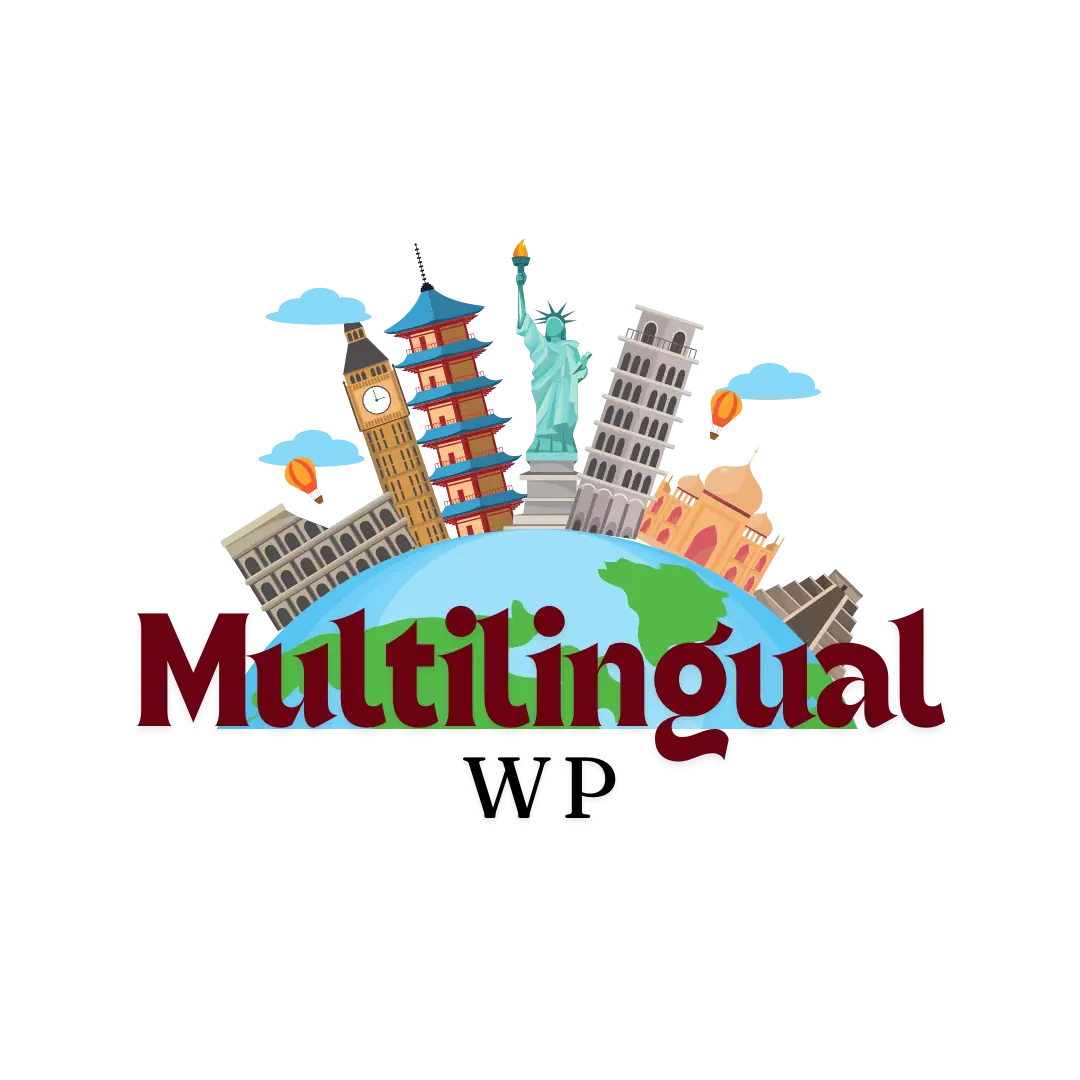Website translation is rapidly evolving as artificial intelligence (AI) becomes more integrated into digital workflows. As businesses expand globally, the demand for accurate, fast, and cost-efficient translation services has surged. AI-powered translation tools are changing the way we translate websites, offering automation and scalability. But is AI enough on its own? Or does human expertise remain essential in delivering true localization and linguistic accuracy?
This article dives deep into the future of website translation, exploring the intersection of AI plugins, human proofreading, and the growing need for hybrid solutions to bridge language barriers effectively.
The Rise of AI in Website Translation
The integration of AI translation tools in web development has redefined the translation process. Plugins like ChatGPT, Google Translate, and various neural machine translation systems use machine learning and artificial intelligence to rapidly translate content from one language to another.
AI plugins can scan and translate an entire website in seconds, making them appealing for businesses looking to enter international markets quickly. With translation memory, these tools analyze language patterns, streamline repetitive translations, and provide cost-effective solutions.
However, despite the mass adoption of AI tools, questions remain around translation quality, accuracy, and cultural context.
Translation Plugins: Automate But Don’t Fully Replace
Popular translation plugins like Weglot, TranslatePress, and Linguise integrate with content management systems such as WordPress and Drupal, offering real-time automatic translation of web content. These AI translation tools offer convenient translation solutions for fast implementation, with some supporting over 100 language pairs.
Such plugins are ideal for eCommerce sites, blogs, and translation projects that need to scale across different languages. As AI grows more sophisticated, even chatbots and mobile apps use translation capabilities to improve customer satisfaction.
But while these plugins enhance speed and efficiency, AI technology often struggles with nuance, idiomatic expressions, and localization—areas where human translation excels.
Limitations of Machine Translation and AI Tools
Machine translation tools have made significant progress, but even neural machine translation has some particularly important limitations. Despite advancements in generative AI, current models still fall short of human quality.
Translation using AI can result in grammatical errors, awkward phrasing, or misinterpreted meanings—especially when working with language pairs that are structurally different or culturally rich. The translation industry has seen how over-reliance on translation without human intervention can lead to embarrassing or offensive missteps.
ChatGPT can be used to provide context-aware translations, but it, too, isn’t infallible. For sensitive content or complex subjects, human review and proofreading remain essential.
The Role of Human Proofreading in Modern Translation
Human translators—especially those trained in localization and culture-specific nuance—are vital to ensuring accurate translation. They proofread, refine, and adapt text to resonate with local audiences, ensuring the translation and localization of a website goes beyond basic word-for-word rendering.
Human translation provides the empathy, intuition, and subject-matter expertise that AI translation cannot replicate. Successful companies in the translation industry recognize this and frequently combine AI translation with human oversight to achieve the best translation results.
Even the top website translation trends now suggest that human proofreading is a critical part of delivering consistent, branded messaging across languages.
Translation Service Options: Hybrid Solutions Gain Popularity
To meet the demands of global businesses, many translation agencies are offering hybrid services. These translation service options use AI for the initial draft and then bring in human translators to proofread and localize content.
This model is becoming the best of both worlds—combining machine translation speed with human expertise. Whether you’re using a translation platform, a translation management system, or a simple plugin, this dual approach enhances quality while keeping development costs manageable.
Leveraging AI Without Losing the Human Touch
AI and human collaboration is the cornerstone of the future of website translation. Rather than seeking to replace human translators, AI tools are increasingly seen as assistants, working alongside professionals to automate basic tasks, streamline workflows, and speed up translation memory utilization.
Companies are using AI to translate blogs, product descriptions, and FAQs, then relying on linguists for human review of legal pages, marketing copy, and cultural content.
AI translation tools are also improving the translation market by offering multilingual support at scale for small businesses and startups that previously couldn’t afford traditional translation service rates.
The Translation Future: Where We’re Headed
As new AI models continue to evolve, and machine translation market projections skyrocket, the path forward is clear: AI will become more embedded in everyday translation workflows, but translation alone will not meet the growing need for true localization.
Translation in light of AI requires a balance. Human proofreading will remain crucial for high-stakes content, while translation technologies will handle volume and speed.
Website translation in light of AI is no longer a binary choice between human and machine. Instead, it is a collaborative effort that recognizes the unique value of both.
Final Thoughts
The future of ai translation is hybrid. As translation tools grow smarter and more intuitive, businesses must learn how to effectively leverage AI without sacrificing cultural relevance, accuracy, and tone.
Translation and localization are no longer just about changing words from one language to another. It’s about creating resonant experiences that connect with users around the world—something that requires both the efficiency of AI and the sensitivity of human translators.
The future of website translation lies in embracing this synergy and staying ahead of trends through smart automation, professional proofreading, and thoughtful localization strategies.
